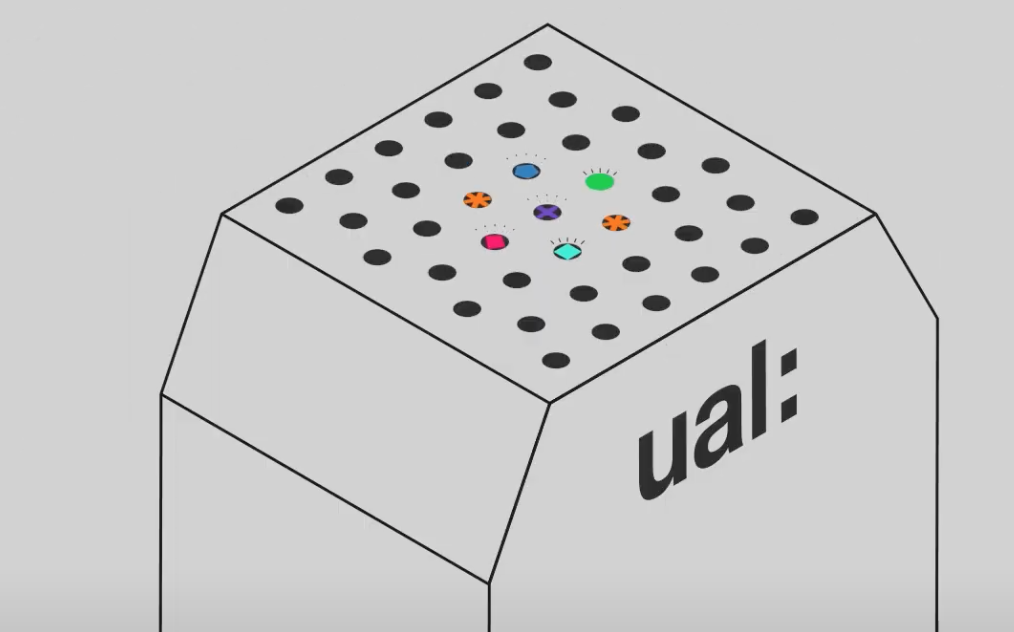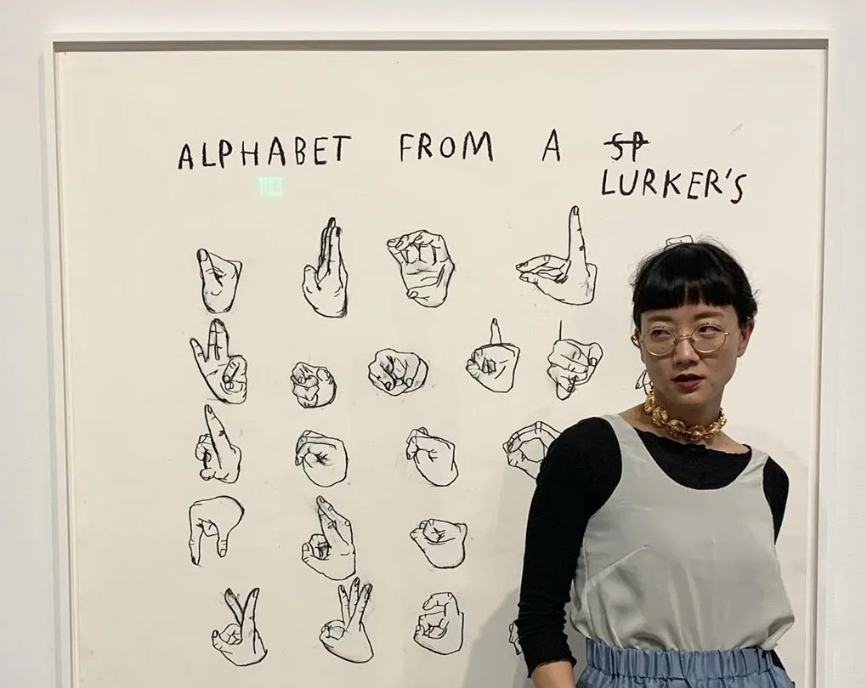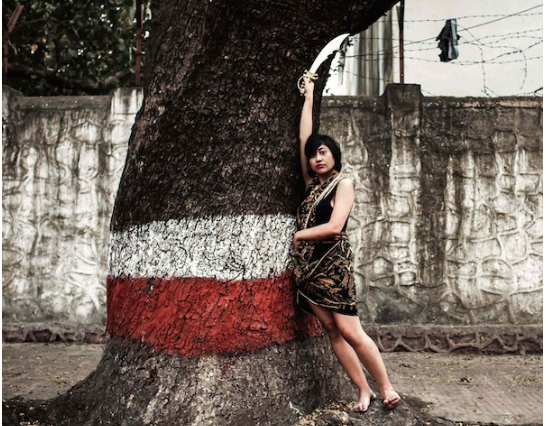
1. The Social Disability Model
Not until recently I have been acquainted with the social disability model, through my research for PgCert.
The social model of disability applied at UAL: is a framework that challenges the conventional ideas of understanding of what medical conditions and disabilities are. This model emphasizes a need for change (and/or adapt) of physical surroundings, educational agendas and discriminatory polices as a way to allow the individuals to flourish rather than being held back due to their impairments. Such model is aiming to introduce educational environments that are inclusive and embrace diversity.
The social model of disability applied at UAL: is a framework that challenges the conventional ideas of understanding of what medical conditions and disabilities are. This model emphasizes a need for change (and/or adapt) of physical surroundings, educational agendas and discriminatory polices as a way to allow the individuals to flourish rather than being held back due to their impairments. Such model is aiming to introduce a n educational environments that are inclusive and embrace diversity.
Having been teaching at UAL: for almost 2.5 years I can observe the dynamic implementation of the model, yet not dynamic enough with fast pace change of environments being online and in person. Such model also doesn’t seem to provide support for tutors. A recent experience with ADHD student who also suffers anxiety and bipolar disorder made me realised how much training should be provided for lecturers to know how to handle disabilities student have, and how to facilitate support and provide the best pastoral care. It would be a part of educational agenda or program.

2. Christine Sun Kim synasthetic work
Kim is a multidisciplinary artist that focuses her work on sound, its ownership and embodiment.. Kim is an artist who’s hearing is impaired, she is deaf. Yet the way she proves the hearing disability, and disabilities in general, as being a point of view only is extraordinary. The artist creates immersive and hypnotising sound installations exploring sound as visually experiential medium.
That brings in mind synaesthesia, which is “a perceptual phenomenon in which stimulation of one sensory or cognitive pathway leads to involuntary experiences in a second sensory or cognitive pathway” (Wikipedia), which in short means that different senses cross over and interact to deliver a sensation that is not assigned to a particular sense, e.g.: specific colours can be associated with numbers.
Neil Harbison is another artists who uses his disability as an advantage in generating art and promote novel ways as artistic expression, and in turn presenting disability as a tool in professional development rather than an obstacle. Neil was born totally colour blind and is known as the first cyborg artist. He has an antennae transplanted in his skull that sends vibrations to his brain conveying information about the colour of surrounding.

3. Vilissa Thompson’s observations on racial representation of disability
“There is a lack of representation and diversity within the disability community from the organizations that are supposed to empower us as individuals…”
I agree with the author of the on not enough being rendered in various representations of disability in general. Especially in the country such as the UK with multicultural fabric of nationals it appears particularly ignorant. In terms of a wider spectrum of observation, e.g.: medical research and development towards treatments, is still oriented towards white people, specifically white man. Covid-19 pandemic proved how wrong is it to generalise a mixed-race population and assume that specific therapies will influence healing process all the racial groups in the same way. To illustrate the unfairness of dominantly white representation of disabilities, is to mention Winnie Harlow, a Canadian fashion model and spokesperson. Harlow suffers from vitiligo which in fact is not a disability, but a chronic autoimmune disorder that causes patches of skin to lose pigment or colour. When affecting a white skin, the effect is not as visually severe and striking as on dark pigment skin. Such example distinctly demonstrates how important it is to represent different races to allow inclusive and more equal experience of disability (disorder of vitiglio as illustrative example).

4. Exhibiting pain
“I’d made sure to enforce rules on Eve and Mary Are Having Coffee: it would be D/deaf and hearing-impaired accessible, and only performed in wheelchair-accessible venues.” – Khairani Barokka
I found the text of a special value and importance, specifically for the fact how the author of the play admits she ‘enforced’ the accesibility.
Enforcing accessibility in public places should be radicalised and normalised. Taking such steps is crucial for creating inclusive environments that cater to the needs of all individuals, including those with disabilities. It involves implementing and enforcing not only regulations, standards, and guidelines, but also developing technologies to ensure physical and digital spaces are accessible to everyone. This includes providing ramps, elevators, accessible parking spaces, to name a elementary few, and applying digital technologies to add on more advanced changes. The author of Mary and Eve are Having Coffee in her essay proves that determination and uncompromising attitude towards facilitating accessibility is key to make future accessible for all.
5. On the Notes from Birds of Paradise
“I fully recognise the need to provoke and challenge”
Similarly to enforcing accesibility, here the author of the article points out the importance of enforcing specific actions, like hiring people with disabilities to perform and create a troupe.
- How could you apply the resources to your own teaching practice?
Firstly through conversation, dialogue and education on disability with students from my tutor group, secondly; organising workshops where case studies are discussed and finally learning from the resources and aplying them on to design brief, e.g.: making sure that accesibilty is key in design outcome.
- How could you integrate the research/work your students do on this subject into your teaching/professional practice?
By encouraging (and/or maybe enforcing) focus on dissabilities in delivery of design proposal.